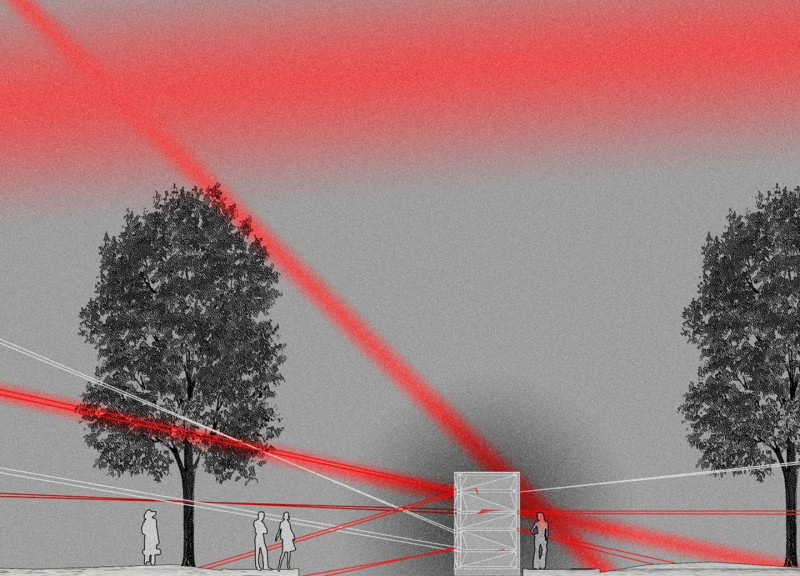5 key facts about this project
The design presents a careful balance between form and function, aiming to create an engaging environment for its users. Located in a context that requires thoughtful integration with its surroundings, the building fulfills multiple roles, offering practicality along with visual appeal. The overall concept revolves around essential elements that foster connectivity and interaction, addressing the challenges of modern architecture.
Ballast
-
The use of ballast highlights the importance of stability in the structure. This element plays a critical role in ensuring the building's strength while contributing to its visual character. Its placement has been considered to enhance the architectural narrative, providing a support system that promotes durability and longevity.
Door
-
The door acts as an important transition point within the design. It connects different spaces and serves as an entry into the building. Careful attention to its design and placement ensures that movement flows easily, allowing users to navigate from one area to another while creating a sense of connection with the outside.
Roof + Tech
-
Incorporating advanced technological features, the roof represents a modern solution to energy use and sustainability. This blending of technology with architectural design shows a response to the contemporary need for buildings to be more eco-friendly. The roof not only serves to protect but also enhances the overall function of the building, promoting energy efficiency while maintaining a straightforward appearance.
Self-supporting Facade Links
-
Self-supporting facade links demonstrate a sophisticated understanding of structure. They provide flexibility in design while ensuring stability without heavy support systems. The design allows for light and ventilation, improving overall building performance and creating an engaging exterior. This choice adds complexity to the facade, capturing interest from viewers and inviting them to explore the space further.
The attention to detail in the facade encourages users to interact more closely, allowing them to appreciate the various textures and forms that make the building unique.


















































